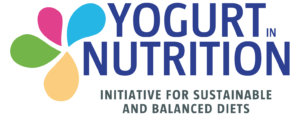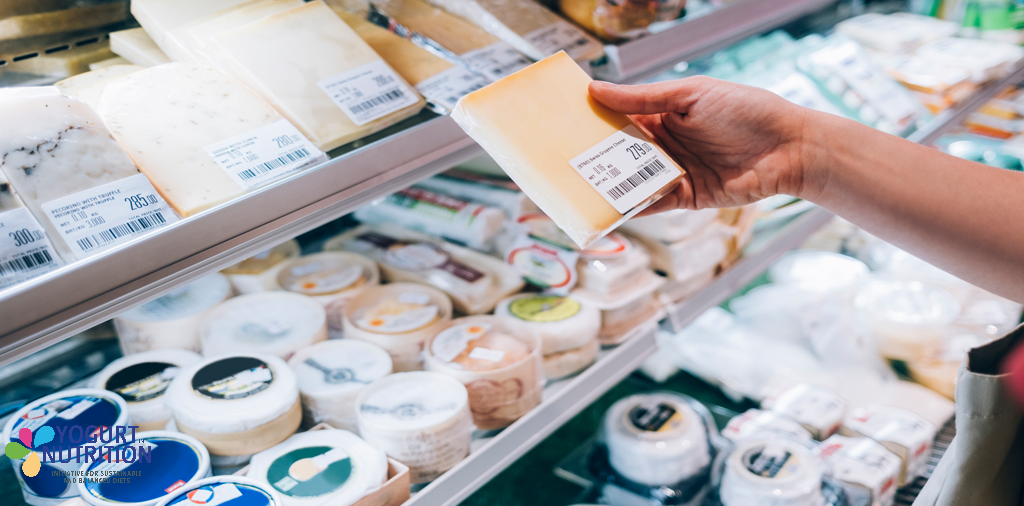In many food-based dietary guidelines (FBDGs), dairy products are considered as a standalone food group, in particular because of the high calcium intake they provide in the diet [1]. However, with environmental stakes and a demand in milk and dairy products expected to rise by 2050 owe to population growth, dairy foods must respect certain dimensions in the context of their production, distribution and consumption to be deemed sustainable.
Some contextual elements
Many food products may be gathered under the “dairy” denomination. The FAO Codex Alimentarius defines a dairy product as a “product obtained by any processing of milk, which may contain food additives and other ingredients functionally necessary for the processing” [2]. Dairy products encompass hundreds of foods ranging from milk with different skimming levels, to yogurt with added probiotic strains, to the endless list of cheese options. What’s more, dairy products can be derived from a variety of animal milks [3].
To analyze if dairy products can be sustainable foods, it is necessary first to remind the four dimensions defining a sustainable healthy diet. Sustainable food products result from sustainable food production systems and part of healthy and sustainable diets, defined by four dimensions [4]:
- with safe nutritionally-dense foods
- culturally acceptable
- accessible, affordable and equitable
- must have a low impact on environment, preserve biodiversity and natural resources, and ideally be produced and consumed locally [5].
Thus, a dairy product can only be called sustainable if it respects these four pillars.
Dairy are nutrient-dense foods with health benefits
Dairy products are known as a rich source of health-promoting nutrients, notably high-quality proteins and calcium, and described as nutrient dense-products. Experts describe nutrient density as a measure of the positive nutrients brought per calorie of food.
With a composition including essential vitamins (A, B2, B3, B5, B12, …) and minerals (phosphorus, calcium, zinc…), dairy contribute to key nutrient intakes. Some dairy foods also provide emerging nutrients of interest (for instance lactoferrin, probiotics, milk-fat globule membrane) [1].
Fermented dairy products, such as yogurt or kefir, can provide health positive outcomes beyond their essential nutrient content. They have been shown to be among the most effective dietary carriers of probiotics and have been credited with protecting various aspects of gut health and overall immune function [6-9].
“Nutrient-dense foods such as milk and dairy foods provide high-quality nutrition at all life stages and are part of healthy diets. They are a good source of under-consumed nutrients, particularly for children and older adults.”- 2021 IDF Dairy Outlook for the United Nations Summit [10]
In addition, because of their high water and ion content, milk and milk products can be good sources of hydration. In countries where sanitation problems limit access to safe drinking water, an intake of dairy products can play an essential role in ensuring good health [1].
In a whole, these nutritional properties make dairy products a dietary asset in every part of the world.
Dairy products are accessible and central to many cultures around the world
Dairy products are staple foods in many cultures around the world. The affordability of milk and dairy products enables a variety of uses and incorporation into various dietary patterns and food traditions in different countries. [10]
According to the FAO, dairy industry development is “a sustainable, equitable and powerful tool for achieving economic growth, food security and poverty reduction” [11]. Actually, dairy not only provides people with nutrient-dense foods, but also [11]:
- provides a regular source of income for breeders as milk is produced on a daily basis
- generates on- and off-farm employment;
- creates opportunities for women in low- and middle-income countries. In rural communities, women often participate in milk production, especially milking and feeding. They can be involved in the whole dairy chain: collection, processing and marketing. In a household, the woman usually uses the milk money to buy necessity items (clothing and food), as well as to pay for basic health care and children’s education.
Dairy products’ environmental impact has to be improved
Considering the great global demand and a production naturally linked to the livestock (whether cows, goats or sheep), the dairy industry accounts for a significant portion of greenhouse gas emissions (GHGEs) from the whole food system [3]. According to the FAO, the global dairy sector contributes to 4% of the global GHGEs [12].
In details, a recent study [1] concludes that the agricultural GHGEs come from constantly recycled carbon that is already in the atmosphere. These GHGEs contribute much less to global warming than ones from the burning of fossil fuels (where ‘new’ carbon initially buried underground is released into the atmosphere). However, within the agricultural GHGEs, there are differences. Compared to livestock (especially beef), which is considered the biggest agricultural contributor to GHGEs [4,18], dairy foods have a smaller carbon footprint. And within dairy categories, yogurt have lower carbon footprint than cheese [19].
A study led by the Commonwealth Scientific and Industrial Research Organization [13] add that a healthy balanced diet could include dairy products (such as milk and yogurt) to reach lower GHGEs compared to other less healthy options.
Yet, milk and dairy food industry remain high on the 2030 agenda of sustainable food systems mutations to achieve the Sustainable Development Goals [10].
Yogurt: a model of sustainable dairy product?
Daily consumption of yogurt is described as an effective way of meeting nutritional requirements, while combining a balanced calorie intake [14,15]. Yogurt brings through a low calory density formula numerous positive nutrients such as protein, calcium, zinc, potassium, as well as vitamins (Vit. B) and live ferments [15,16,17].
Within a balanced diet, yogurt is one of the most common and accessible products. It can be easily found in small, medium and large stores, and fermented dairy products, as well as yogurt, are already part of several traditional diets around the world: Greek yogurt, skyr, labneh and many more. Eventually, it stands amongst of the lowest cost sources of calcium and a very affordable high quality protein source [12].
For more information:
- Dairy matrix: it’s not just about nutrients
- Yogurt, a nutrient-dense food within the dairy food group
- Experts call for dietary guidelines to reflect the role of dairy foods in protecting us and the planet
- What is a sustainable diet?



